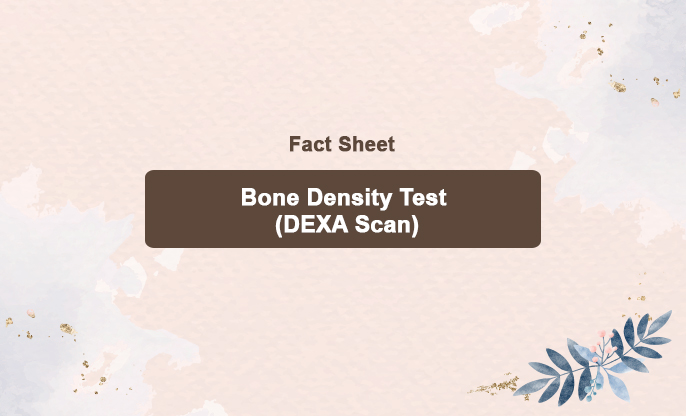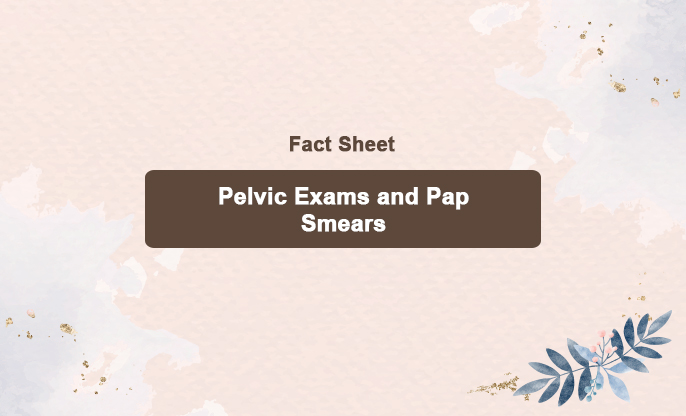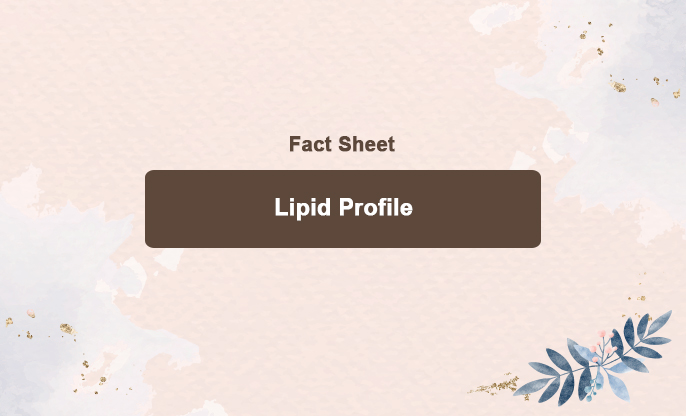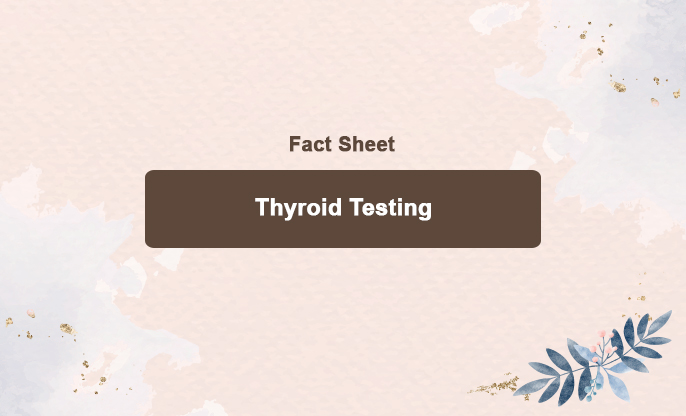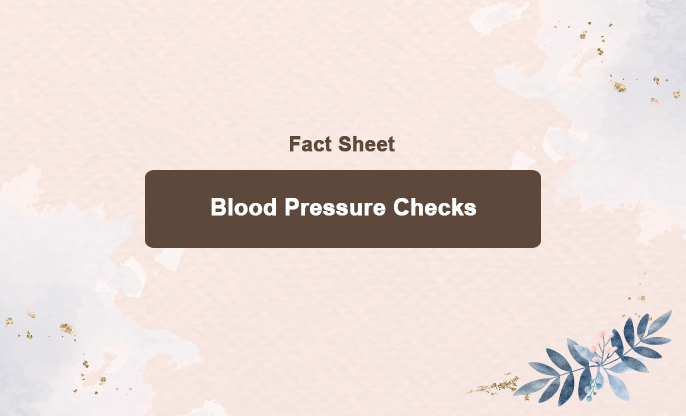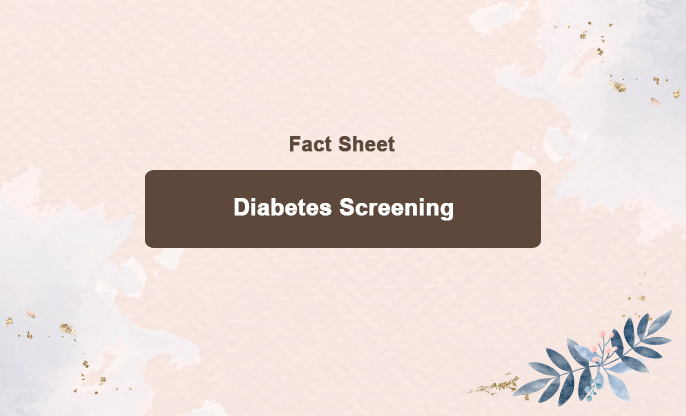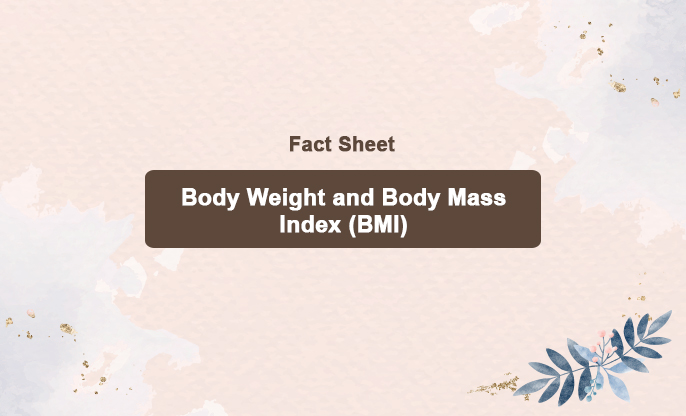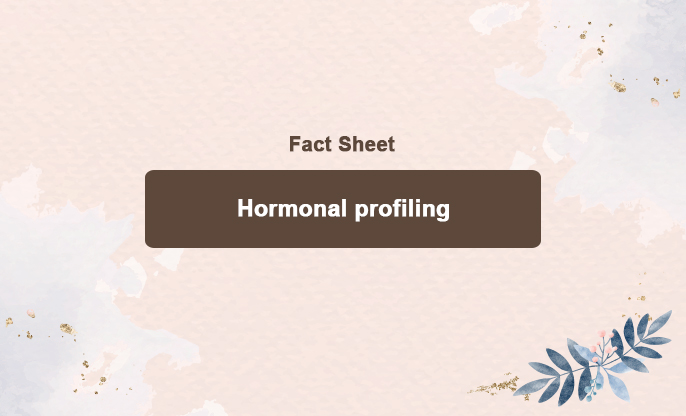
What is this test?
A mammogram is an X-ray image of the breast.
Mammograms are used to screen for breast cancer in women who do not exhibit any symptoms. This type of mammogram, known as a screening mammogram, typically involves taking two or more X-ray images of each breast. These images can detect tumors that cannot be felt and can also identify microcalcifications (tiny calcium deposits) that may indicate breast cancer.
Mammograms are also used to check for breast cancer when a lump or other symptoms are present. This is known as a diagnostic mammogram. Symptoms prompting a diagnostic mammogram can include a lump, breast pain, thickened breast skin, nipple discharge, or changes in breast size or shape. However, these symptoms can also be caused by benign conditions. Additionally, diagnostic mammograms are used to further evaluate abnormalities found in a screening mammogram or to examine breast tissue in special circumstances, such as in women with breast implants, where obtaining a standard screening mammogram is challenging.
How is it done?
A mammogram is a straightforward procedure that involves taking X-ray images of the breast. The breast is compressed between two plates. Compression is necessary to spread the breast tissue evenly and to get a clear image. X-ray images are taken from different angles. Usually, two images are taken of each breast, but additional images may be necessary depending on the circumstances.
Is this routine or specific?
A mammogram is typically considered a routine screening test for breast cancer. It is recommended for women as part of regular health check-ups to detect breast cancer early, even before any symptoms appear. The frequency of routine mammograms varies based on guidelines from health organizations, but commonly it is recommended for women starting at age 40 or 50 and continuing every one to two years.
However, a mammogram can also be a specific diagnostic test if a woman has symptoms such as a lump, pain, or other breast changes. In this case, the mammogram is used to diagnose or further investigate the specific issue.
When should it be done (frequency)?
Mammogram is recommended for women starting at age 40 or 50 and continuing every one to two years.
What do the results indicate or eliminate?
A screening mammogram can detect signs of breast cancer and tumors that are too small to be felt.
If your mammogram results are normal: Your breast tissue shows no signs of masses or calcifications.
If your mammogram results are abnormal: An abnormal change in the breast was found. While many changes detected on a mammogram are benign (not cancer), it is important to follow up with the additional tests recommended by your doctor or nurse.









